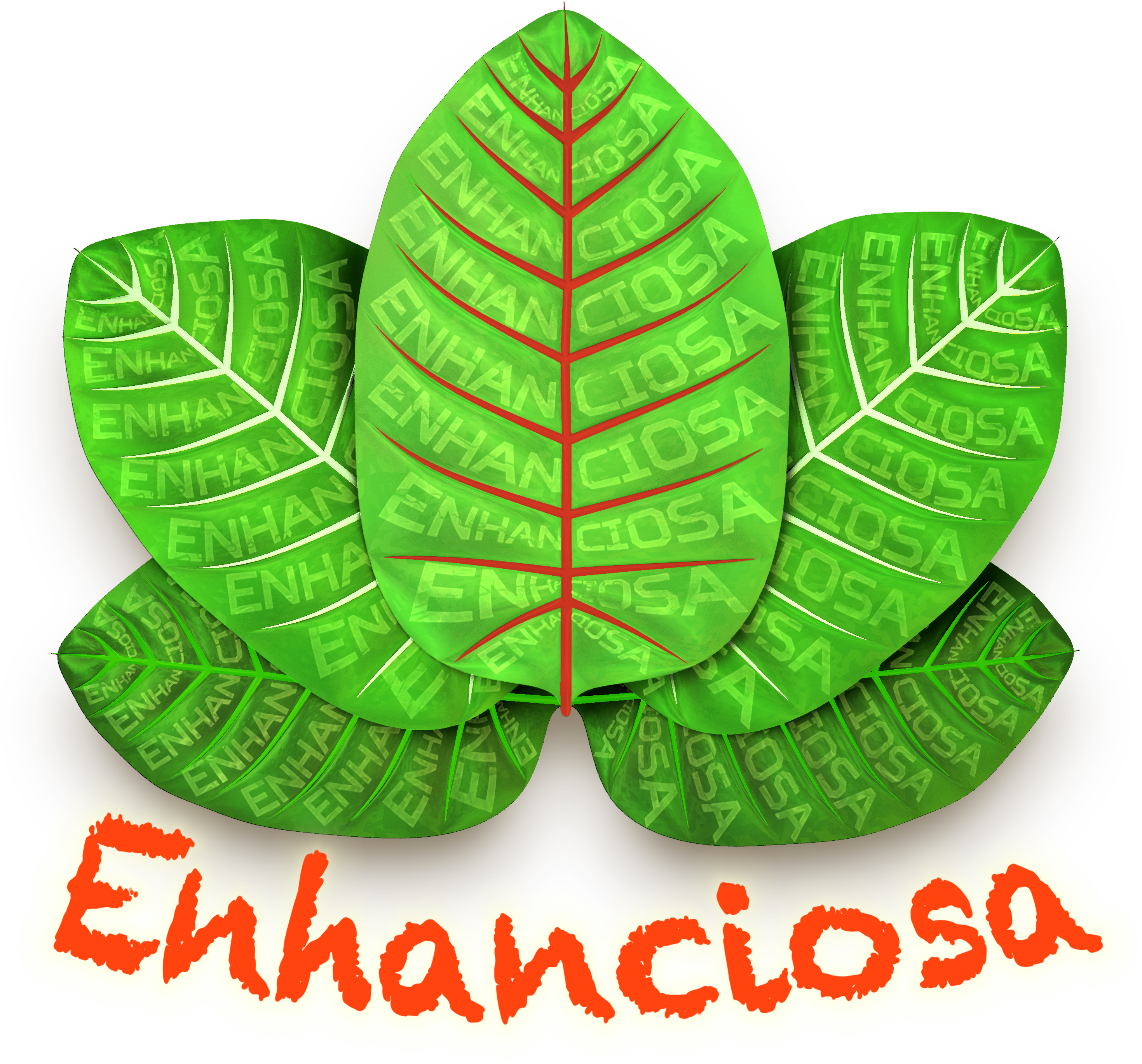Uses and Historical Roots of Kratom

Kratom’s cultural significance is undeniable, with roots stretching back centuries. Indigenous communities across Southeast Asia have cherished this plant for generations, harnessing its power for various purposes.
- Traditional Uses: Explore how Kratom was traditionally used for energy, pain relief, and social bonding, shaping cultural practices and rituals.
- Medicinal Heritage: Delve into Kratom’s role in traditional medicine, addressing ailments and enhancing well-being.
Kratom’s Modern Resurgence: A Blend of History and Uses

In recent years, Kratom has experienced a resurgence in popularity beyond its native regions. Discover how this ancient plant has found a place in the modern world.
- Pain Management: Learn how Kratom is increasingly recognized as a natural alternative for managing chronic pain.
- Mood Enhancement: Explore how certain Kratom strains offer mood-lifting effects, providing relief from stress and anxiety.
- Relaxation Without Sedation: Understand how Kratom delivers relaxation without the typical sedative effects associated with other substances.
Legal and Cultural Context: Kratom History and Uses

Navigating Kratom‘s legal and cultural context is essential, given its varying status worldwide.
- United States: Understand the legal landscape of Kratom, which is generally legal in most states but subject to regulations. Always check local laws.
- Other Countries: Learn about the diverse international perspectives on Kratom, from outright bans to strict regulations.
- Responsible Usage: Emphasize the importance of responsible Kratom use, respecting local laws and cultural sensitivities.
Conclusion: As you delve into the world of Kratom, remember the deep-rooted history and cultural significance of this plant. Whether you’re exploring its traditional uses or embracing its modern wellness potential, a respectful and informed approach is key.

